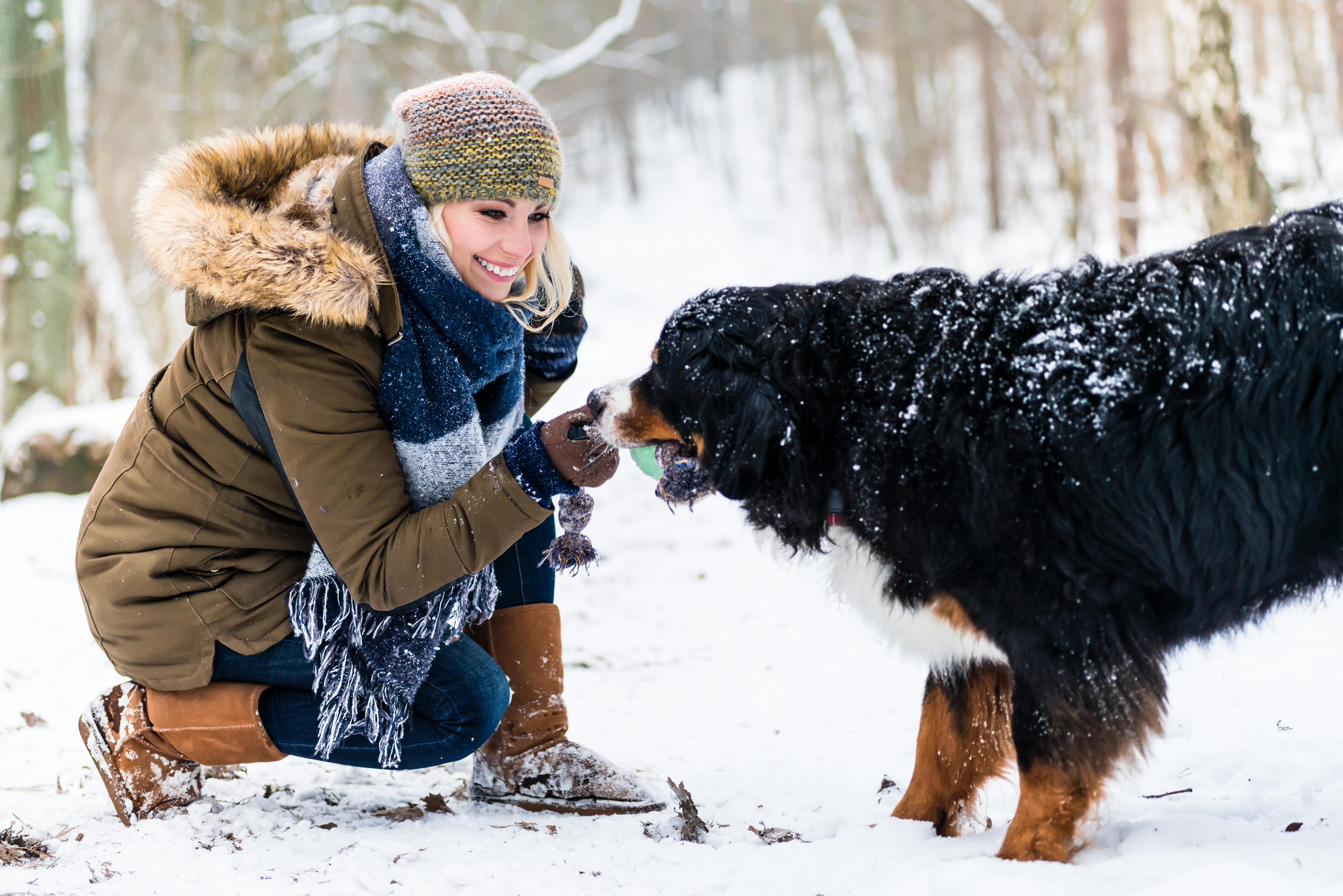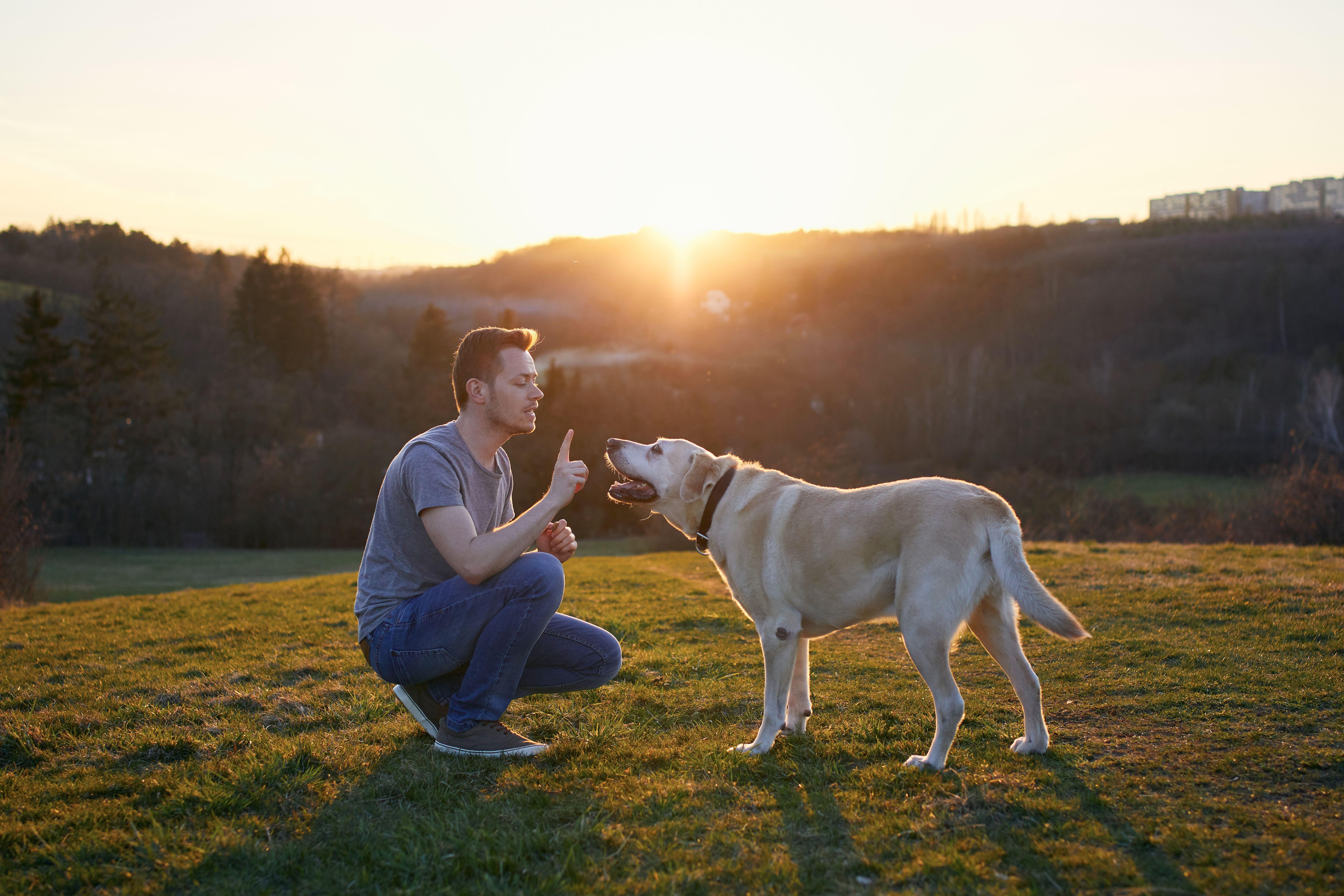Everything you need to know about walking your dog in the cold weather
From protecting their paws to wearing coats, here’s what pet owners should think about

Your support helps us to tell the story
From reproductive rights to climate change to Big Tech, The Independent is on the ground when the story is developing. Whether it's investigating the financials of Elon Musk's pro-Trump PAC or producing our latest documentary, 'The A Word', which shines a light on the American women fighting for reproductive rights, we know how important it is to parse out the facts from the messaging.
At such a critical moment in US history, we need reporters on the ground. Your donation allows us to keep sending journalists to speak to both sides of the story.
The Independent is trusted by Americans across the entire political spectrum. And unlike many other quality news outlets, we choose not to lock Americans out of our reporting and analysis with paywalls. We believe quality journalism should be available to everyone, paid for by those who can afford it.
Your support makes all the difference.Our furry friends can get cold too.
But despite the continuous fall in temperature during these winter months, dogs still need to go outside for their daily walks.
If you are a dog owner, here’s what you need to know about getting your pet outdoors in the colder weather.
Does cold weather affect dogs?
For Caroline Goulton, a veterinary surgeon for Guide Dogs, how the temperature and weather affect your dog comes down to their breed, age and condition.
“Older, smaller, and short-coated dogs will struggle much more in this freezing weather than their younger, fitter and fluffier counterparts. The key is to recognise what is comfortable for your individual pets and pay close attention to their behaviour when the weather becomes more extreme,” Goulton said.

How do you protect their paws?
Winter weather can be harsh for paws.
“The cold dry air and gritted pavements can cause soreness and irritation, so you can protect them with special pet-friendly moisturisers or balms, or even something basic like Vaseline,” Goulton suggested.
She recommends cleaning paws “when you come in from a walk to get rid of any salt. Poisonous anti-freeze is around this time of year and may be on pavements, and you do not want your dog licking that from their paws post-walk.
“Snow can be an issue too for paws, as it can cling to fur between the paw pads and be very uncomfortable. If you have a long-haired breed, keeping paws trimmed will help stop this from happening. If you do have chunks of snow or ice clinging to your dog’s coat, don’t pull it off as this can be very painful. Use some tepid water to melt it away instead.”

Should they wear dog coats?
Kris Glover, head of clinical behaviour at Dogs Trust explained that “dogs will appreciate the warmth a well-fitted doggy coat/jumper can provide and might even appreciate an extra layer indoors, especially when we have the heating on low”.
“However, it is crucial to introduce dogs to clothing gradually and sensitively. You can break down the process of putting on a coat into small steps, accompanied by treats and praise,” Glover added.
“Start by encouraging them to put their head through the neck hole by holding a treat to encourage them to follow. Once they are comfortable with this, let the coat rest on their back, again giving lots of treats and praise.
“In time, they will be comfortable enough for you to do the coat up. But take your time with this, as many dogs are not fond of wearing clothing, especially garments that they might consider to be too loose or too tight.”
What about taking extra care near frozen rivers or ponds?
“Owners should take extra care when walking near frozen rivers or ponds, especially with off-lead dogs,” Glover added.
“Frozen water surfaces can be deceptive and look similar to the surrounding dry land. Even dogs who normally avoid lakes or ponds may not be aware of the danger when the surface is frozen. Therefore, it’s essential to keep your dog on a lead or close to you if you suspect they might venture onto the ice.
“While many dogs love to swim, the freezing temperatures can cause their usual spot to freeze over, making it dangerous for both dogs and owners. It may seem tempting to allow your dog to run on the ice, but this could be risky. The ice may not be thick enough to hold your dog’s weight, and they could fall through into the freezing water underneath.”
But if your dog falls through the ice, Glover doesn’t advise owners to jump in after their furry friends – instead call for help.
“While it’s hard to resist the instinct to save your dog, cold water shock can be fatal to humans. Cold water shock can cause heart attacks, even in young and healthy people. Additionally, the involuntary gasps and panic caused by sudden immersion in cold water can increase the chance of inhaling water, leading to drowning,” she said.
What other things should dog owners think about?
“Look out for signs of hypothermia, which include shivering, lethargy, slow heart rate, stiffness and pale gums. Wrap your dog up and seek veterinary help immediately if you notice these signs. Thankfully, I have never seen a case of dog frostbite in my decades as a vet, as it rarely gets cold enough in the UK for that,” said Goulton.
“If you are out and about, keep moving to keep warm. It’s not fair on your dog for them to wait and get chilly while you chat with someone on the street for 10 minutes. Don’t leave them in the car either, as this won’t protect them from the cold for long.
“And stay visible at this time of year. It’s dark for so much of the day and something like a light-up collar or reflective coat can make you stand out to drivers and cyclists.”
Join our commenting forum
Join thought-provoking conversations, follow other Independent readers and see their replies
Comments